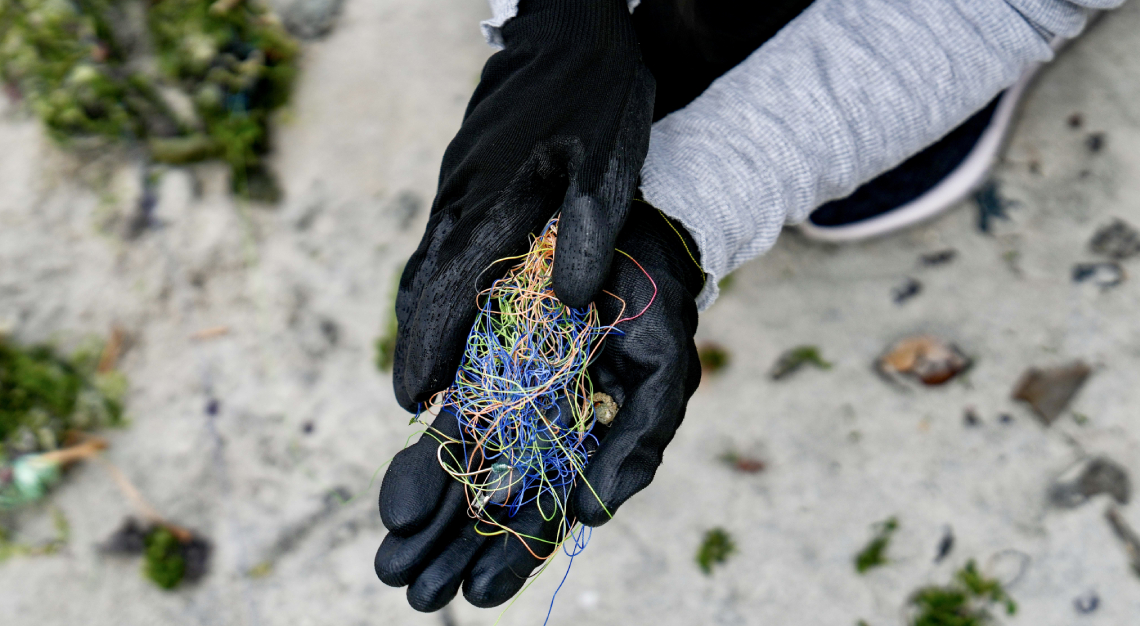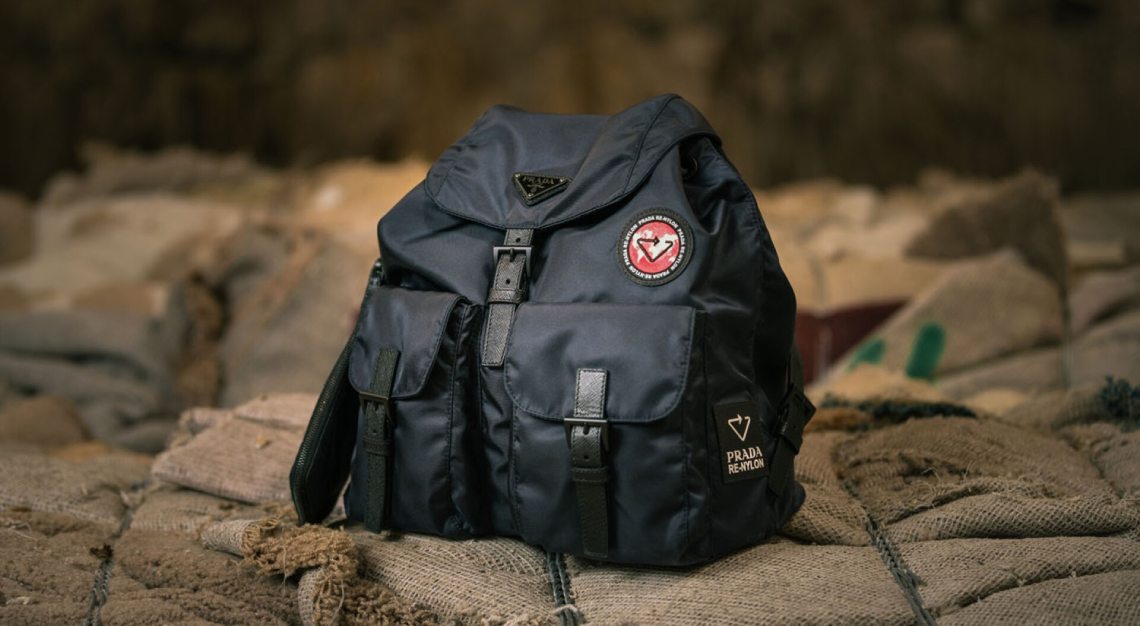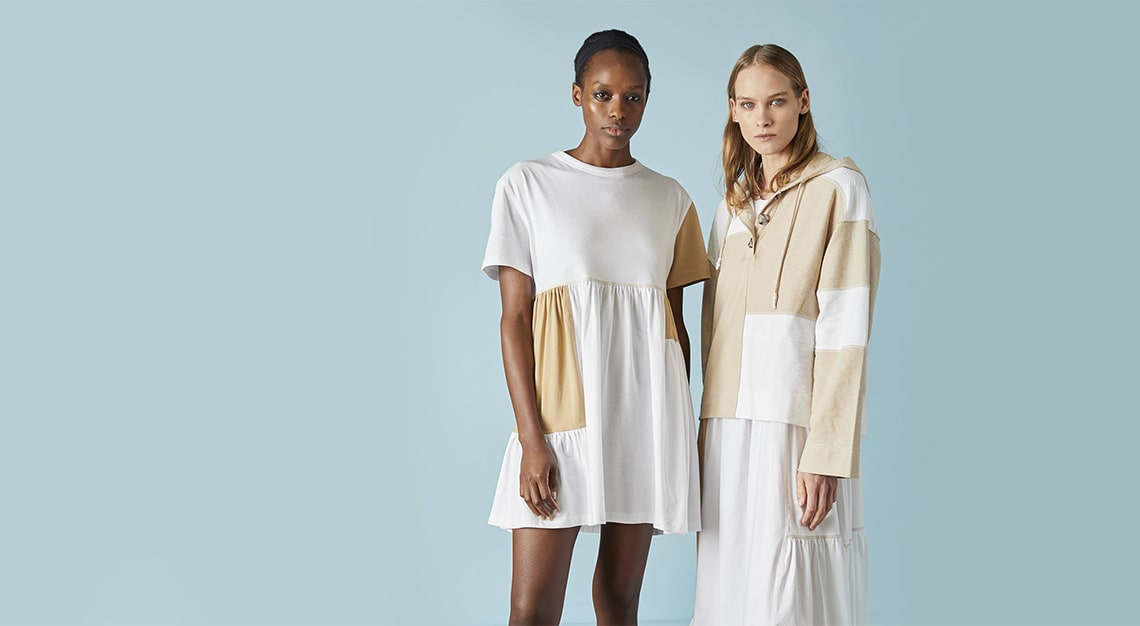Textile artist Natalia Tan champions the message of sustainability through perseverance and thought-provoking art
It’s high time we hold a mirror up to the fast fashion industry, a sector responsible for nearly 10 percent of global carbon emissions—a figure projected to surge to 50 percent by 2030. Annually, US$500 billion is squandered due to under-wearing and a lack of recycling, fuelled by a throwaway culture that has only worsened over the years.
In this era of heightened sustainability awareness, textile artist Natalia Tan is stepping up to the challenge, each stitch and weave underscoring the urgency of their message. Tan, utilising the Japanese saori weaving technique, works with upcycled materials sourced from the community and urban environments, turning them into breathtaking art pieces. To date, she has introduced thousands in Singapore to the joys of weaving and art, repurposing over 200kg of textile waste and plastics in the process.
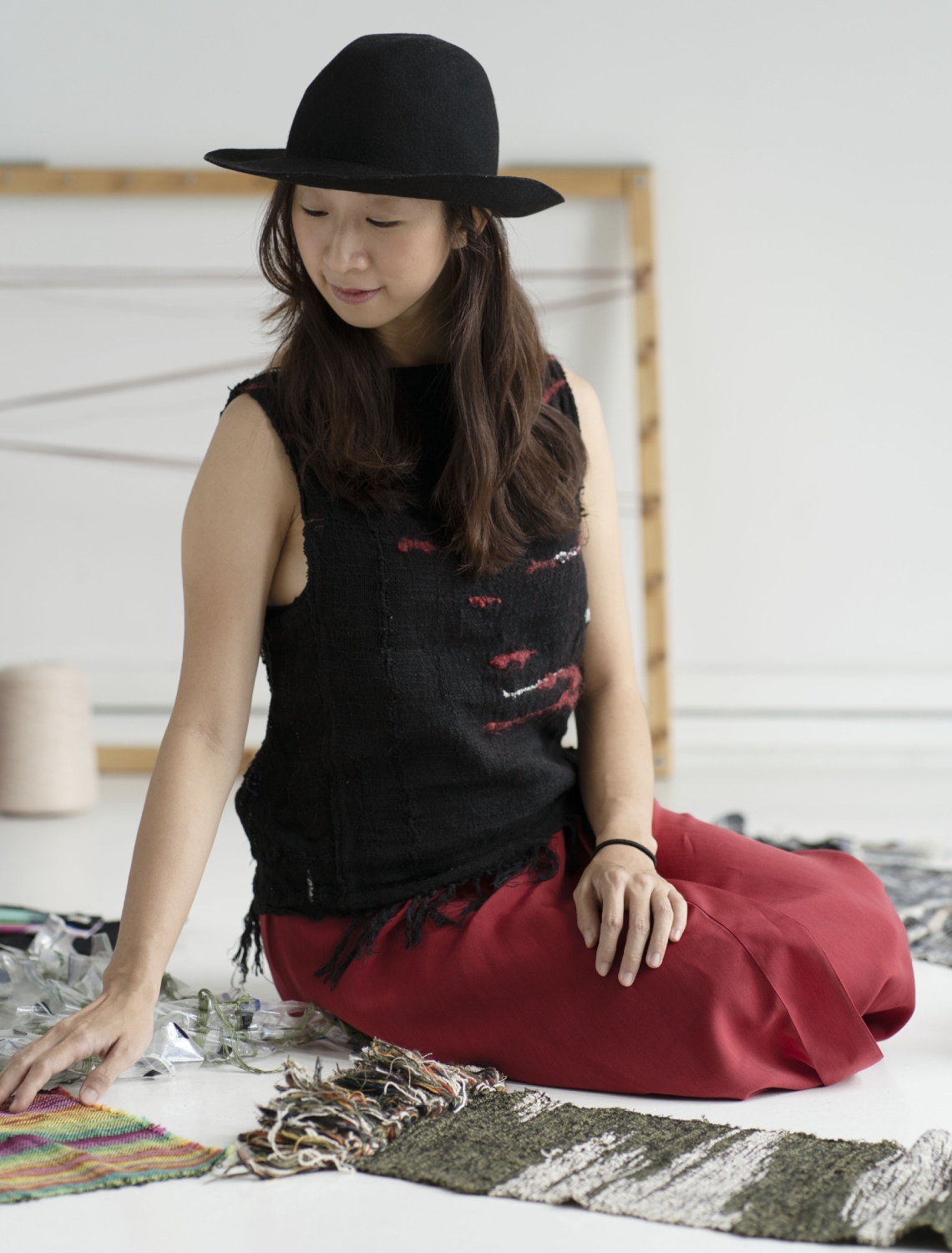
Here, Robb Report Singapore delves into the perspectives of this artist, exploring her vision of a greener world and how she believes art can flourish without compromising our planet.
Can you tell us what inspired your passion for textile art and sustainability?
My textile art journey began 10 years ago in Japan, where I learnt saori weaving under the tutelage of Kenzo Jo. As I encountered the hand-powered cherry wood loom, I achingly felt, in my bones, that I had entered a world that was at once traditional yet full of glistening possibility.
How did studying saori weaving in Japan influence your style and approach to sustainable art?
In Japan, I was immersed in a studio culture that fostered independent exploration, allowing me to connect deeply with myself and learn through observation and inquiry. The studio’s mottainai basket, filled with waste thread for anyone to use, inspired me to see waste as a resource. Returning to Singapore in 2019, I expanded this practice to include waste textiles and plastics in my library of materials.
Could you walk us through your creative process?
I begin with a prompt. It could be from anything. The prompt is the most challenging and important part of the entire creative process: the overarching vision and fruition of the work hinges on this.
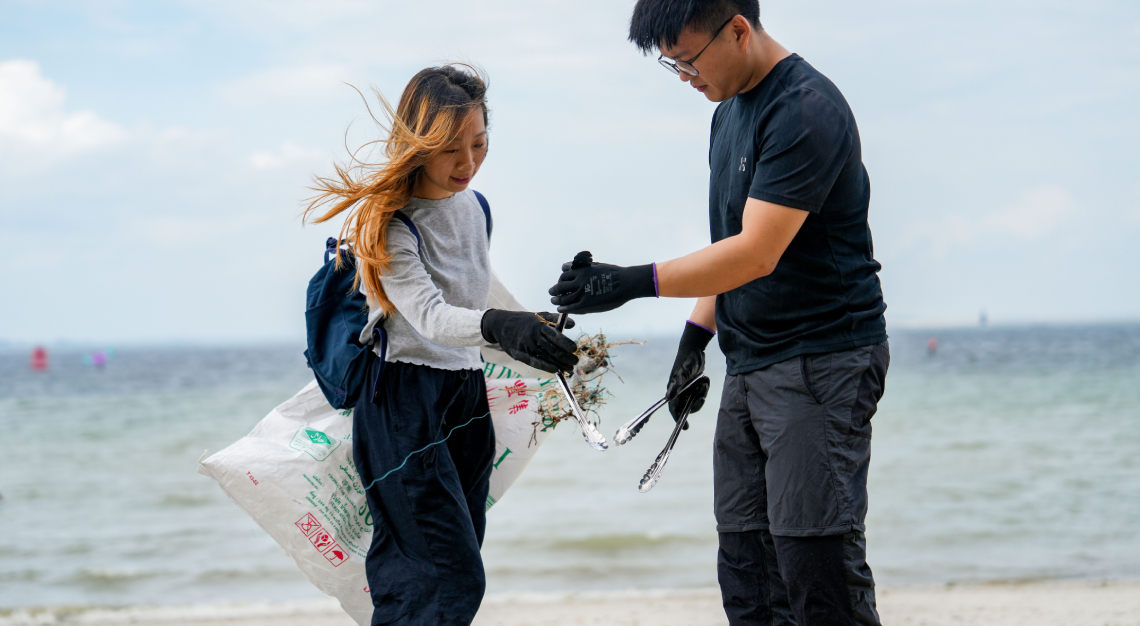
What challenges do you encounter when working with recycled and community-sourced materials?
Truly, I am at the mercy of society. I’ve received dirty and mouldy materials, and have been rejected by shops when asking for waste. I’ve even been accused of hoarding rubbish. Working in the waste stream isn’t for the faint-hearted.
For me, though, it’s a purposeful journey with a growing community towards a better world. This experience has given me a thick skin and an appreciation for diverse perspectives.
Can you tell us about a recent exhibition or residency that was particularly significant for you?
Nothing But A Day Dream is a residency organised by Supper House and Gr.id Singapore for Singapore Art Week 2024. Throughout January, creative practitioners publicly displayed intimate aspects of our artmaking. As a community artist, I value conversations and interactions with visitors, which can influence my work and worldview, even if their significance is realised only in hindsight.
How do you balance commercial collaborations with your commitment to sustainability and community art?
By collaborating with brands that prioritise creativity and amplify artists’ messages, these projects enable me to engage and support my community while expanding my practice. I’d say it’s more about finding common ground and harmony.
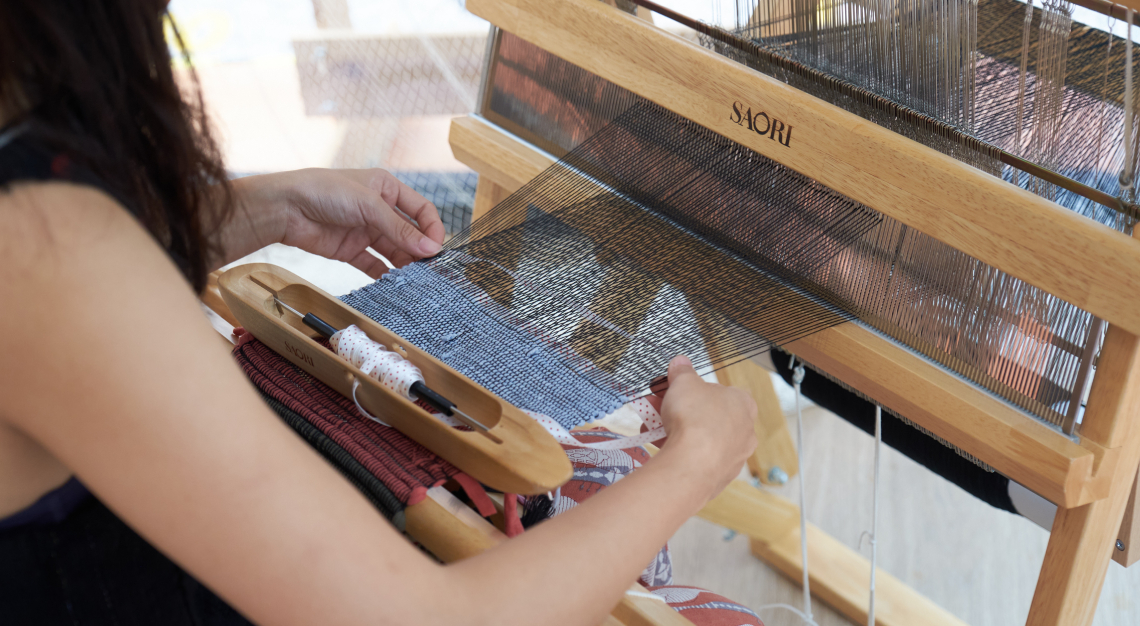
What current projects or exhibitions are you most excited about?
Centred on the native flowers of Singapore, Flower Play (at Alexandra Point Tunnel) invites audiences of all ages to acquaint themselves with our island’s indigenous flora, enjoy the rainbow lights flowing down the tunnel and bring their creative flair to the space.
How do you envision the future of sustainable art?
Our world is drowning in rubbish. There is only so much that ‘reuse, reduce, recycle’ can do to hold back the flood. I see an increasing role for sustainable art to awaken the masses to the realities of our exponential production of waste. As the co-organiser of the inaugural Singapore Eco Arts Festival, I am optimistic about the efforts of creative practitioners and community initiatives in, or entering, this field.
What do you want audiences to gain by interacting with your art?
I wish for those who cross paths with my work and me to meet themselves more deeply and authentically, and thus, to meet the world with a sense of renewal and greater understanding
This story first appeared in the July 2024 issue. Purchase it as a print or digital copy, or consider subscribing to us here
